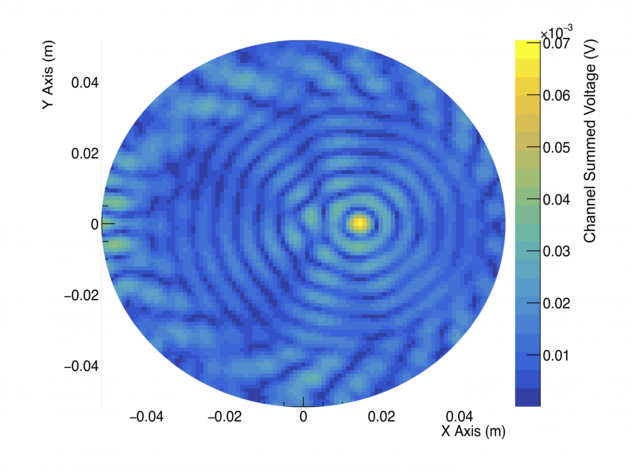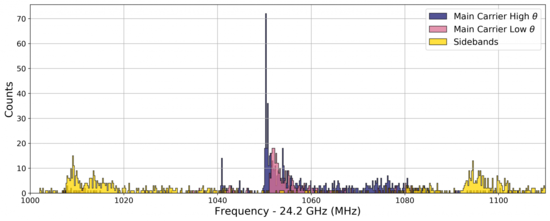Current Research
Overview
The Yale Project 8 group is focused on the next phase of the Project 8 experiment, referred to as Phase III. This stage is critical to prepare for the final neutrino mass measurement because it will be the first to employ the CRES technique in a free-space radiation environment, demonstrating a new technology and measuring the neutrino mass to ~2 eV/c2. It will be contained in an MRI magnet at the University of Washington. Scaling up to this size involves developing several subsystems as well as a significant simulation and analysis effort. Highlighted below are several areas under active development at Yale.
In addition, the Yale group is investigating the application of machine learning techniques to electron track finding. This will increase our ability to reconstruct electrons for both current and future phases.
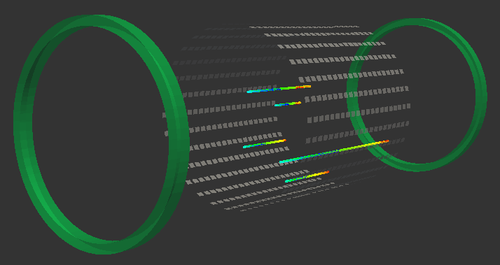
Simulation and Analysis
Simulation is critical to designing a successful experiment. Our goal is to evaluate the feasibility and performance of Phase III engineering designs, as well as to develop tools for optimizing reconstruction of electron energy. We are simulating design candidates with the modular C++ software packages Locust and Kassiopeia. Magnetically trapped electron trajectories and energy losses are computed in Kassiopeia, and a detailed detector response to cyclotron radiation from the electrons is calculated with Locust.
The focus of the simulation team at present is to refine our model of the patch antenna strips that will line the cylindrical detection volume containing the tritium source, as shown in the figure above. The first figure below shows an example of an electron at the center reconstructed by an array of patch antennas, which is the current design for the experiment. The second figure shows a signal from an electron off-center, also reconstructed from Locust simulation output.
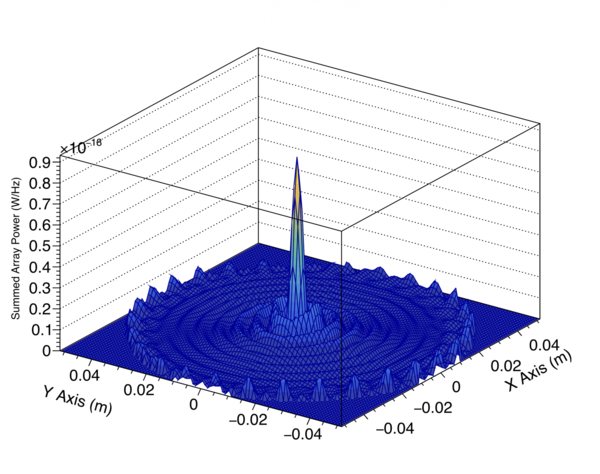 |
|
Design and Hardware
The Yale group is leading the design and development of the cryostat and associated cryogenic systems for keeping the tritium insert and amplifiers cold. The interesting design constraints are driven by the MRI magnet. As all of these systems will be installed in an active MRI magnet, special care has to be taken to ensure functionality and safety in a one Tesla magnetic field. And maximizing the useful volume inside the fixed inner diameter of the magnet leads to some non-traditional vessel designs! The current hardware activities center upon prototyping the cryogenic cooling system. We will be constructing a liquid neon based thermo-syphon to benchmark cooling power and temperature stability. We are also leading the design and construction effort for the mechanical support system, which will be used for the magnetic field mapping as well as for the completed CRES demonstrator.
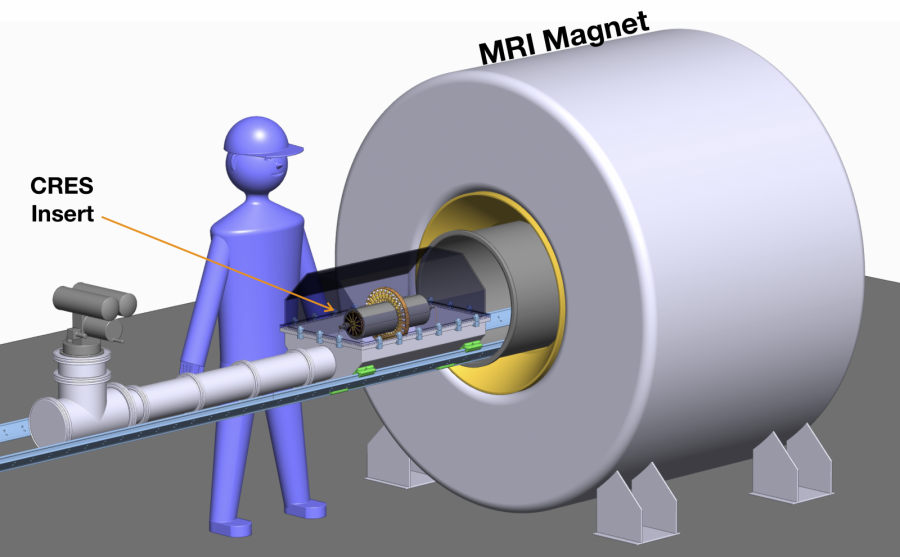
Machine Learning for Event Reconstruction
To build an energy spectrum from detected electrons we must first find signal “tracks” in our data, reconstruct them, group them into events. Once we have them we must properly group those belonging to a single electron while discriminating all others in an event-by-event basis. It is thus necessary to classify tracks based on their inherent properties. Once we have classified our signals we may perform energy corrections from systematics to improve the frequency measurement per event and our energy resolution.
We have developed a model to classify CRES signals in our proof-of-concept experiment using a machine learning approach with a trained Support Vector Machine. This approach allows us to exploit the intrinsic characteristics of the signals to learn about their topology, paving the way towards an accurate energy spectrum reconstruction. Currently, we are also developing a deep learning algorithm using convolutional neural networks to tackle the primal issue of signal reconstruction itself. This image analysis method will allows us to extend the use of signal characteristics themselves in event reconstruction without the need for pre-engineered filters which run the risk of missing faint or short signal chirps. The deep learning method may also help us perform 3D signal reconstruction in our future and much larger Phase III apparatus.
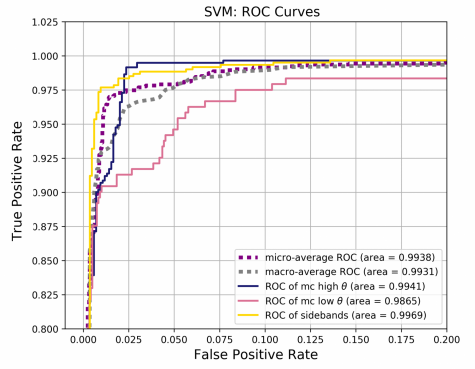 |
|
